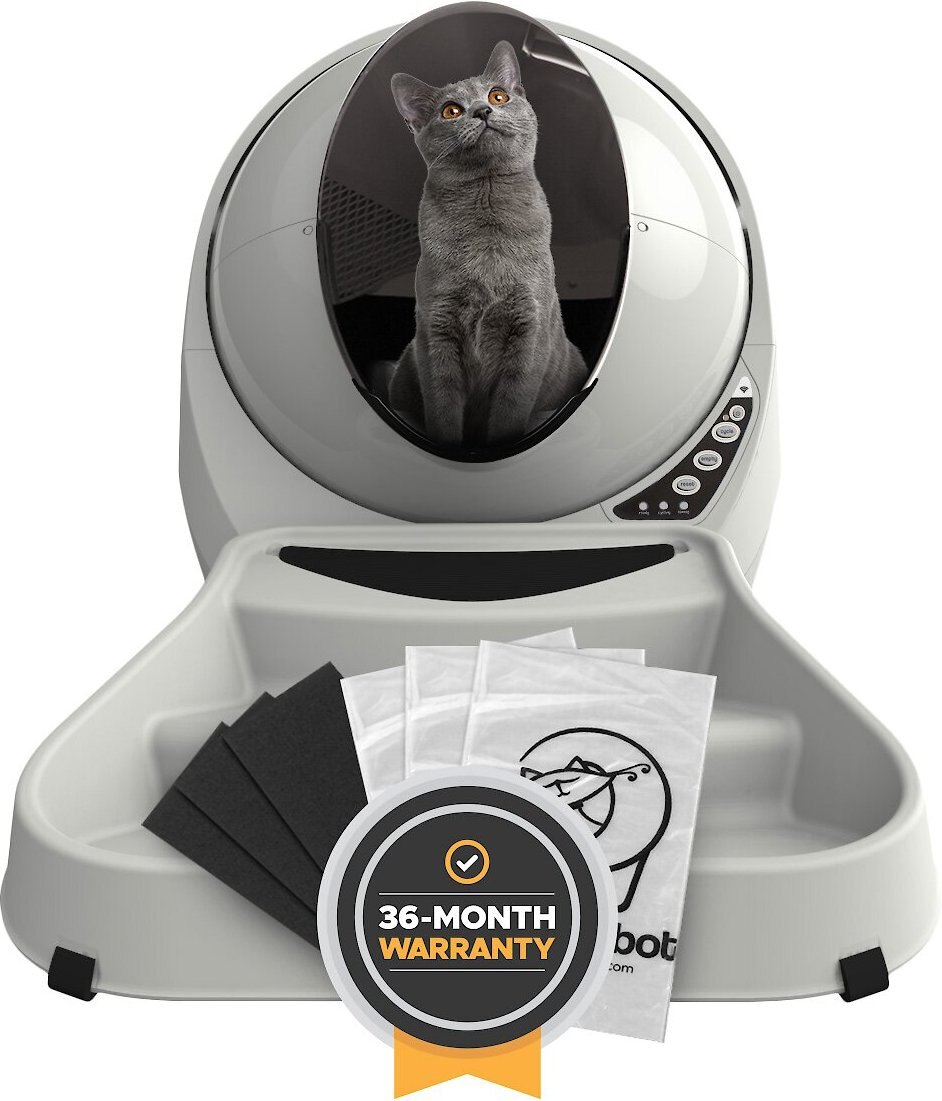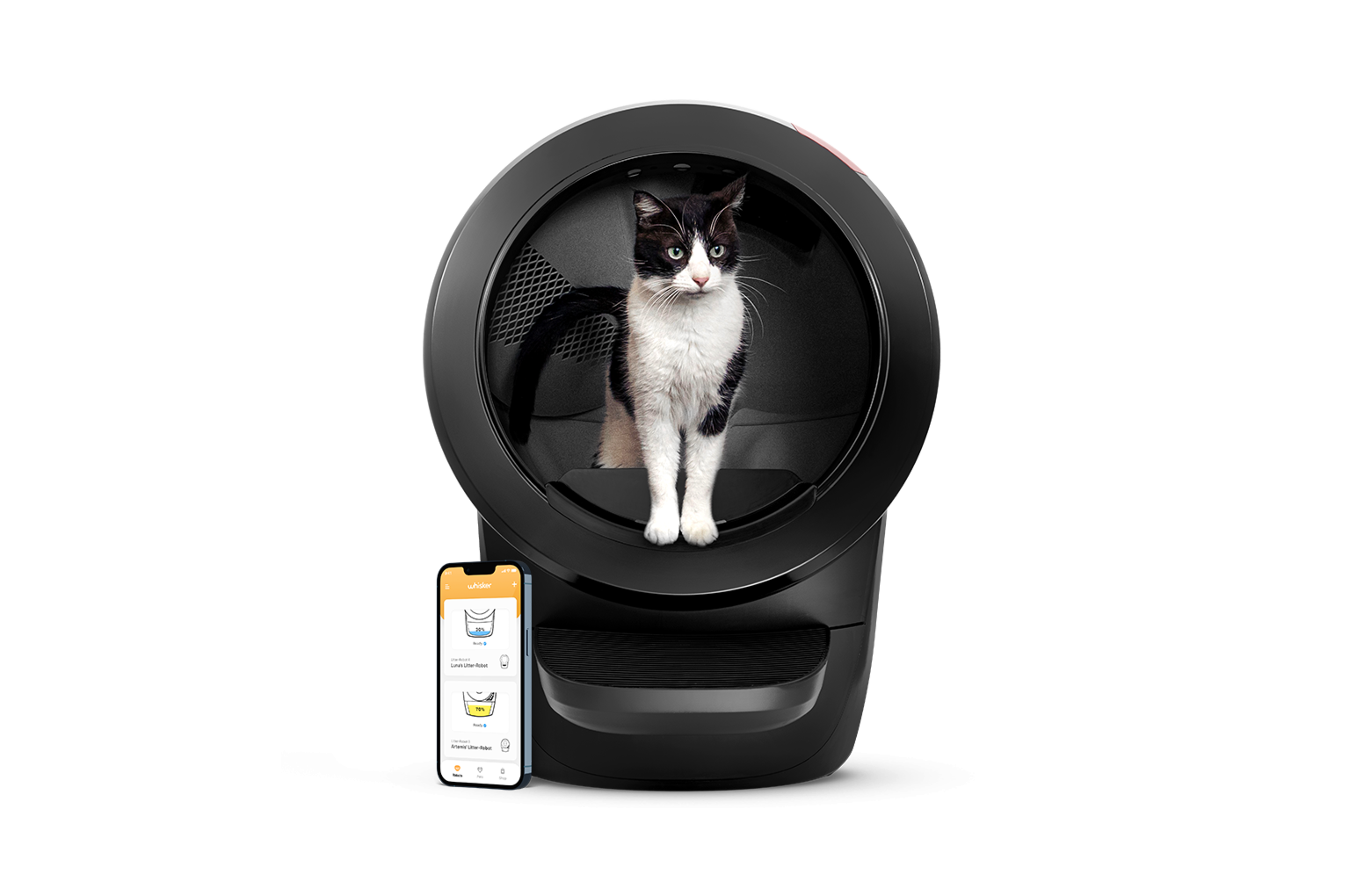Delectables Lickables Cat Treats – Bisque & Stew Variety Pack, 18 Count
This Variety pack includes the following: 3 Bisque – Tuna, 3 Bisque – Tuna & Shrimp, 3 Bisque – Tuna & Veggies, 3 Stew – Tuna & Whitefish, 3 Stew – Tuna & Shrimp, 3 Stew – Chicken & Veggies.
Now you can get a great combination of all the flavors & textures that your cat loves!
This Variety pack includes the following: 3 Bisque – Tuna, 3 Bisque – Tuna & Shrimp, 3 Bisque – Tuna & Veggies, 3 Stew – Tuna & Whitefish, 3 Stew – Tuna & Shrimp, 3 Stew – Chicken & Veggies
|
|
|
|
Directions:
Instructions: Hold pouch at edges with both hands and gently shake. Tear to open. Squeeze sides of pouch to widen opening. Pour into Bowl.
Feeding Instructions: Suggested Daily Feeding: Feed up to 2 pouches per day for an average sized adult cat. Delectables Lickable Treats are intended for intermittent and supplemental feeding only; this product may be fed daily along with a complete and balanced cat food diet.
Additional information
| Assembled Product Weight | 1.732 lb |
|---|---|
| Pet Food Flavor | Tuna |






by Sandra
This is the only food my cat will now eat and its nearly impossible to find!
by Scott
One of our “rescue” cats has asthma and a damaged paw from its time before coming to us. He needs medicine twice daily. This was tough to do until Delectables Bisque hit the shelves. Now we dissolve the pills in water, add and stir in the bisque, heat it for 8 seconds in the microwave and serve it. He loves it and gets his medicine. Here’s the caution: Delectables are treats, not nutritious cat food. Our cat also eats Iams dry cat food for his nutrition. We use the Delectables just to get his medicine down. Two a day ain’t cheap though. Otherwise, I highly recommend Delectables!
by Moochey
Our cats love these. too bad they can’t be kept in stock.
by Dimitrios
Need more delectables Por favor
by Carol
Was so happy when I spotted this! The truth is I only bought this for the stew included in the box. That’s the only wet food my cat will eat…It was a welcome discovery! Thank you so much Walmart… The rest of the box went to my sister. Her cat loves it.